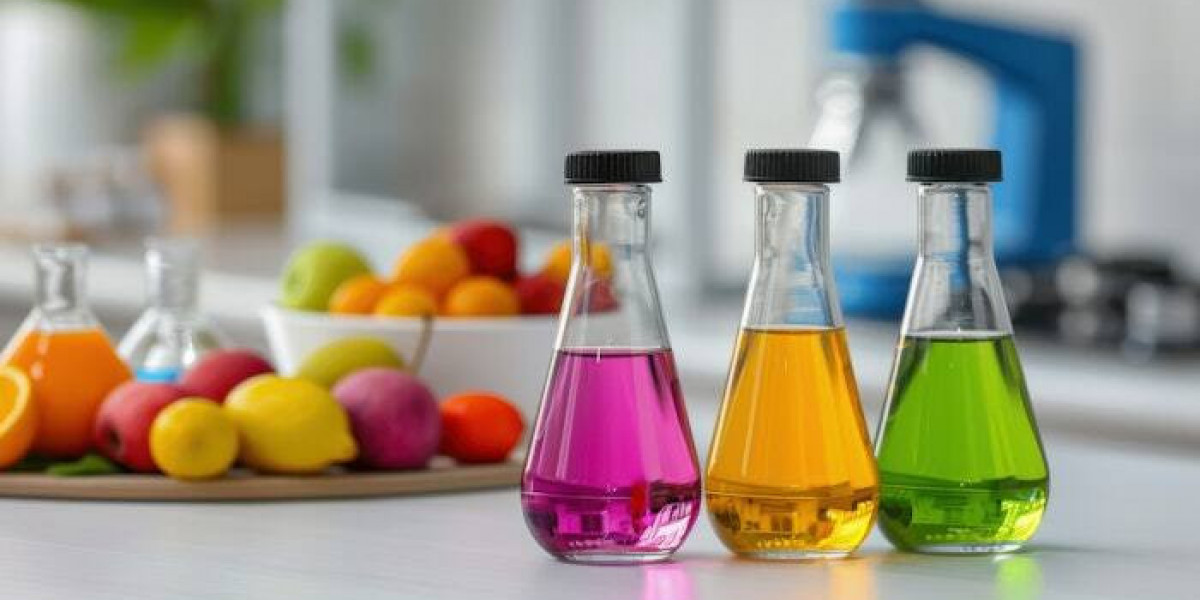Achieving a lighter, more even complexion is a common skincare goal for many individuals. Skin whitening treatments aim to reduce excess pigmentation, brighten the skin, and create a more uniform skin tone. But how does this process work? The key to skin whitening lies in understanding melanin, the pigment responsible for skin color. Skin whitening in Islamabad offers various treatments that target melanin production and distribution to achieve desired results.
This blog explores how skin whitening works, the role of melanin, and the different treatments available to lighten and even out skin tone.
What Is Melanin?
Melanin is a natural pigment found in the skin, hair, and eyes. It is produced by melanocytes, specialized cells located in the basal layer of the epidermis. The primary function of melanin is to protect the skin from harmful ultraviolet (UV) radiation.
Types of Melanin
There are three types of melanin, each contributing to different skin tones and hair colors:
- Eumelanin – Found in dark-skinned individuals, responsible for black and brown hair colors.
- Pheomelanin – Present in lighter skin tones and gives red and yellow hues.
- Neuromelanin – Found in the brain, unrelated to skin color.
How Melanin Affects Skin Tone
The amount and type of melanin in the skin determine its color. Higher melanin levels result in darker skin tones, while lower levels lead to lighter skin tones. Genetics, sun exposure, hormones, and age influence melanin production.
How Skin Whitening Works
Skin whitening treatments work by reducing melanin production, breaking down existing pigmentation, and promoting cell turnover. Here’s how:
1. Inhibiting Tyrosinase Enzyme
Tyrosinase is an enzyme essential for melanin production. Many skin whitening treatments use ingredients that block tyrosinase activity, preventing excess melanin formation.
2. Reducing Melanin Transfer
Some treatments prevent melanin from being transferred from melanocytes to skin cells, leading to a lighter complexion.
3. Exfoliating Pigmented Skin Cells
By accelerating skin cell turnover, treatments remove the top layer of pigmented skin, revealing fresh, evenly toned skin underneath.
4. Neutralizing Free Radicals
Antioxidants reduce oxidative stress that can trigger excess melanin production.
Common Skin Whitening Treatments
There are multiple treatments available for skin whitening, each targeting melanin differently.
1. Topical Treatments
Hydroquinone
A powerful skin-lightening agent that inhibits tyrosinase activity. It is effective but should be used under medical supervision.
Kojic Acid
Derived from fungi, kojic acid helps prevent melanin formation and has antioxidant properties.
Vitamin C
An antioxidant that brightens the skin and reduces melanin production.
Niacinamide (Vitamin B3)
Blocks melanin transfer and improves skin hydration.
2. Chemical Peels
Chemical peels use exfoliating acids to remove pigmented skin layers and stimulate new skin growth.
- Glycolic Acid – Penetrates deep to break down melanin clusters.
- Lactic Acid – Gently exfoliates while hydrating the skin.
- TCA Peels – Treats deep pigmentation and stubborn discoloration.
3. Laser Skin Whitening
Laser treatments use light energy to break down melanin deposits and stimulate collagen production.
- Q-Switched Lasers – Target and disperse dark pigmentation.
- Fractional Lasers – Promote skin regeneration by triggering new skin cell formation.
4. Glutathione Injections
Glutathione is an antioxidant that reduces melanin production and detoxifies the skin, leading to a brighter complexion. It is administered via IV therapy for maximum absorption.
5. Microdermabrasion
This exfoliation technique removes dead skin cells and pigmented layers, improving skin texture and tone.
6. Mesotherapy
A treatment that involves injecting skin-lightening agents such as vitamins, minerals, and antioxidants to improve skin brightness.
Factors That Influence the Effectiveness of Skin Whitening Treatments
1. Skin Type and Sensitivity
Different skin types respond differently to whitening treatments. Some may experience faster results, while others may require longer treatment plans.
2. Severity of Pigmentation
Mild pigmentation issues can be treated with topical creams, while deep pigmentation requires advanced treatments like lasers or chemical peels.
3. Sun Protection
Without sunscreen, melanin production may increase, reversing the effects of whitening treatments. Daily use of SPF 30+ is essential.
4. Skincare Routine
A consistent skincare routine with brightening and hydrating products enhances the results of skin whitening treatments.
Potential Risks and Side Effects of Skin Whitening Treatments
While skin whitening treatments can be effective, they also come with potential risks:
- Skin irritation – Some treatments may cause redness and sensitivity.
- Uneven skin tone – Overuse of whitening agents can lead to patchy results.
- Sun sensitivity – The skin may become more prone to UV damage.
- Allergic reactions – Certain ingredients may trigger irritation or allergies.
Consulting a dermatologist before starting any treatment is crucial for safe and effective results.
How to Maintain Skin Whitening Results
To prolong the results of skin whitening treatments, follow these essential skincare practices:
1. Daily Sunscreen Use
UV rays trigger melanin production, reversing whitening results. Use broad-spectrum SPF 30+ daily.
2. Hydration and Moisturization
Moisturizers with hyaluronic acid and ceramides keep the skin healthy and radiant.
3. Healthy Diet
Eating antioxidant-rich foods such as berries, green tea, and citrus fruits protects the skin from oxidative stress.
4. Gentle Skincare Products
Avoid harsh exfoliants and alcohol-based toners, which can irritate and darken the skin.
5. Regular Dermatologist Checkups
Periodic consultations ensure your skin remains healthy and even-toned.
Conclusion
The science behind skin whitening revolves around melanin control, exfoliation, and hydration. Treatments like chemical peels, lasers, and glutathione injections help reduce melanin levels and improve skin brightness. However, proper sun protection, skincare, and dermatologist guidance are essential to achieving safe and lasting results.
If you're looking for skin whitening in Islamabad, SKN Cosmetics Clinic offers expert solutions tailored to your skin type and concerns. With advanced treatments and professional dermatologists, achieving radiant, even-toned skin is now easier than ever.








